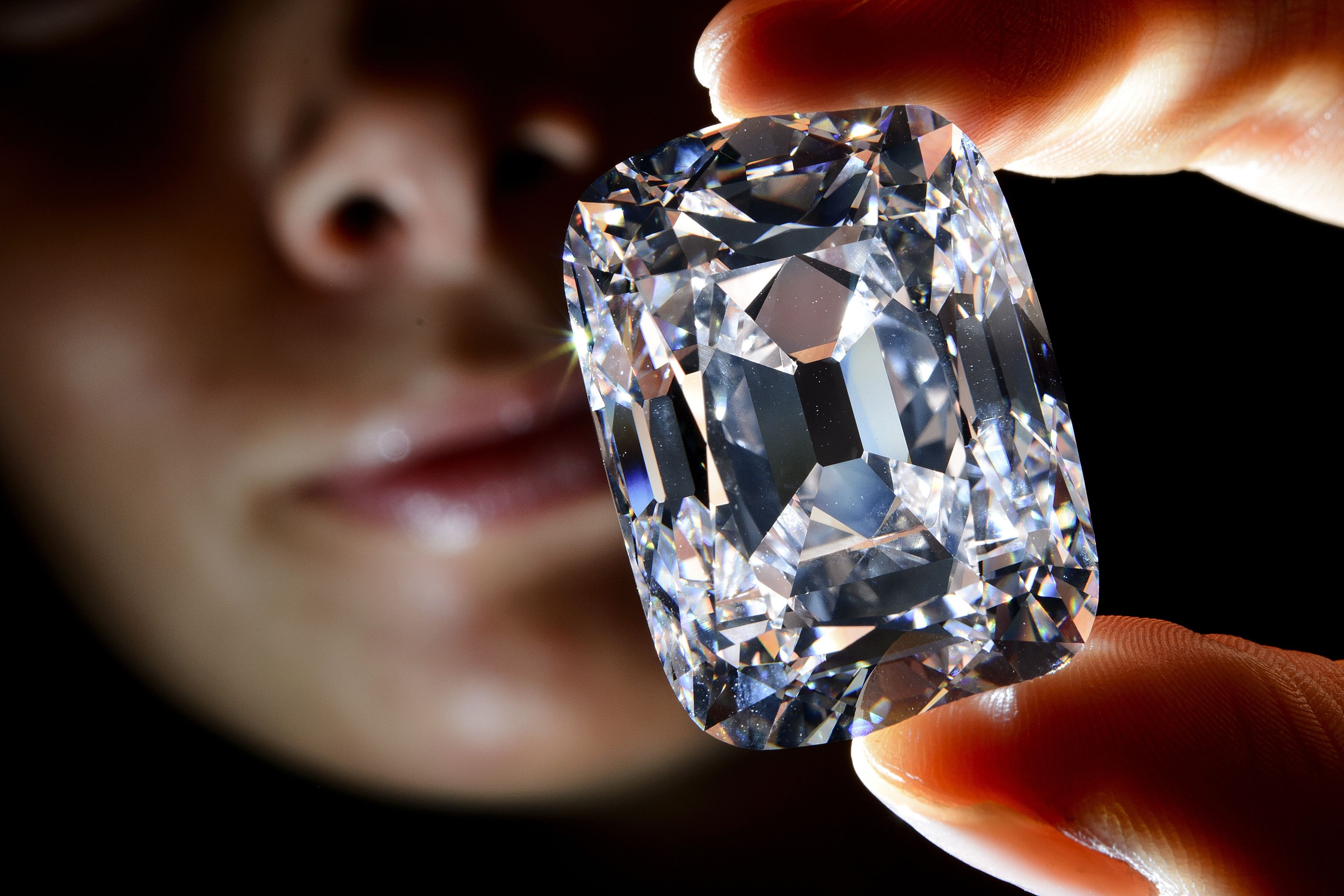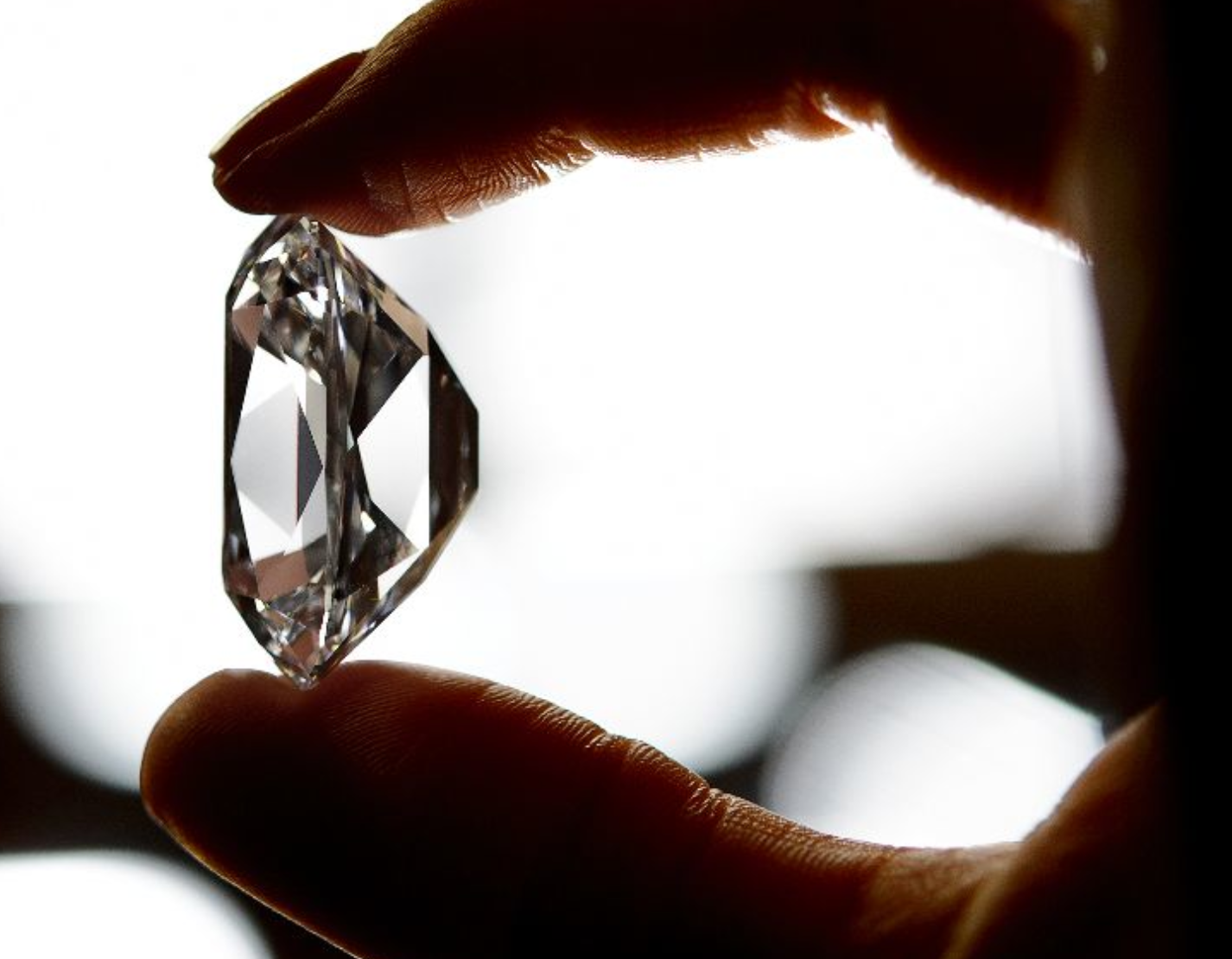
Golconda mines
06.05.16
Since the 1960s, Golconda in Southern India has been a trading centre for top-quality diamonds. The Kollur mine, in Guntur district of old Golconda kingdom, is one of the richest diamond mines in the world; which produced the world’s most famous stones including the Koh-I-Noor (now in the British Crown Jewels), the blue Hope diamond, the Regent and the large pink Darya-i-Nur in the Iranian Treasury.
Golconda, known for its extravagant fort and rich diamond mines, is a 14th century Indian sultanate about six miles west of today’s Hyderabad. During the Renaissance, Golconda became synonyms with fortune and wealth; and was associated with those deep-pocketed diamond traders and collectors who would buy only natural pearls, Colombian emeralds, Iranian turquoise and natural Burmese spinel.
Until the advent of sophisticated cutting techniques in the late 17th century, gems were valued for the purity of their crystal. The most transparent diamonds were known as “gems of the first water”, and were treasured the most. So, what distinguishes diamonds from Golconda is their Type IIa designation - complete lack of nitrogen. Only two percent of the world’s diamonds fall under Type IIa category. Such diamonds are as clear as a drop of water.
Due to their clear, transparent nature; they transmit UV and visible light which Type I diamonds block. However, this doesn’t mean they are always colourless; sometimes they can be brown or pink, and more rarely blue or grey. Categorised as Type IIb, the blue gems (also nitrogen-free) owe their hue to traces of boron.
Even though first diamonds were discovered 2.5-3 thousand years ago, Golconda diamonds were known only to a small circle of professionals – historians, gemmologists and a few collectors - until about a decade ago. Today, however, the name has become a byword for the finest, rarest and purest diamonds in the world.
In 2012, the rare 76 carat Archduke Joseph Diamond was sold for a record price of €16.8 million at an auction in Geneva; setting up a world record for a Golconda diamond and a world record price per carat for a colourless diamond.

Image: Archduke Joseph Diamond
In the late 16th - early 17th centuries, Golconda was the only source of diamonds until deposits were discovered in Brazil in 1725; at just about the time that the Golconda mines became depleted. Even though Golconda mines continued to produce rare diamonds of the highest quality into the 21st century, they have now been closed.




